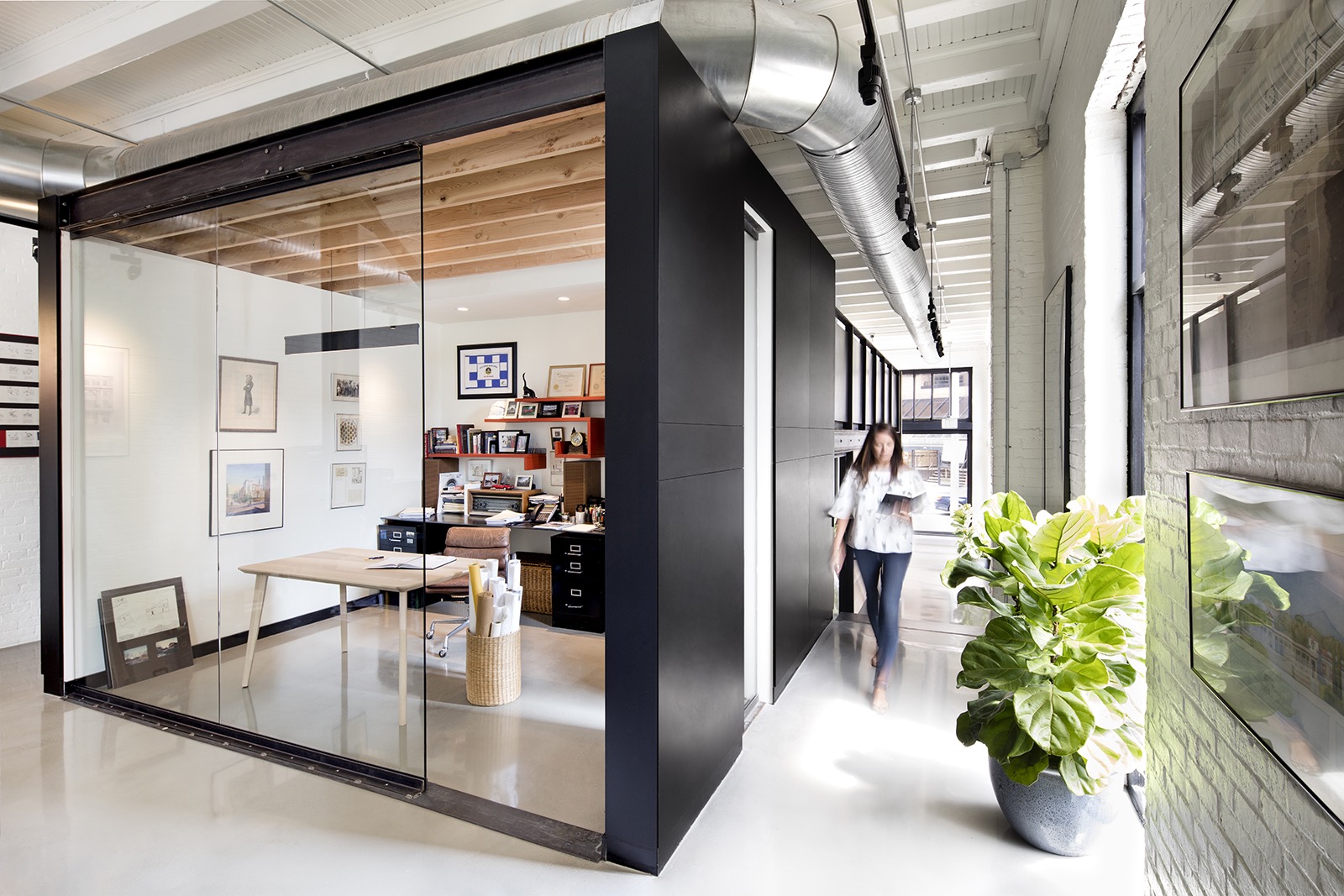
Introduction:
Nestled in the heart of Punjab, Ludhiana, with its vivid culture and industrious spirit, stands as a testomony to the fusion of custom and modernity. Amidst its bustling streets and dynamic landscape, Ludhiana harbors a growing hub for architectural schooling, where aspiring designers embark on a journey to shape the skylines of tomorrow. This write-up delves into the landscape of architectural training in Ludhiana, discovering its institutions, pedagogies, and the function they enjoy in nurturing the foreseeable future architects of India.
A Historical Glimpse:
Ludhiana, traditionally renowned as the “Manchester of India,” has a wealthy architectural heritage deeply rooted in its industrial legacy. The city’s architecture reflects a mix of colonial influences, Punjabi vernacular kinds, and up to date style and design paradigms. From majestic colonial-era buildings to modernist marvels, Ludhiana’s architectural tapestry narrates a persuasive story of evolution and adaptation.
Institutional Framework:
The emergence of architectural training in Ludhiana parallels the city’s development as a regional hub for structure and building. Establishments these kinds of as the Ludhiana College of Architecture and Style (LCAD) and the Ludhiana Institute of Architecture (LIA) stand at the forefront, presenting detailed systems that blend theoretical expertise with practical working experience.
LCAD, set up in 1995, embodies a commitment to excellence in architectural education and learning. With state-of-the-artwork services and a various faculty comprising seasoned architects and lecturers, LCAD delivers a conducive surroundings for college students to examine their creativeness and hone their specialized competencies. The curriculum emphasizes a holistic tactic to layout, integrating features of sustainability, cultural sensitivity, and technological innovation.
Similarly, LIA, launched in 2003, has carved a market for by itself as a center of excellence in architectural pedagogy. With a concentrate on fostering significant thinking and design contemplating competencies, LIA equips college students with the equipment and information required to handle present-day problems in the constructed natural environment. The institute’s collaborative ethos encourages interdisciplinary dialogue and experimentation, getting ready graduates to navigate the complexities of architectural exercise with assurance.
Pedagogical Innovations:
The pedagogical approach adopted by architectural establishments in Ludhiana reflects a dedication to nurturing holistic improvement and fostering a society of innovation. more info here provide as incubators of creative imagination, where students engage in hands-on projects that deal with authentic-environment issues. From conceptualization to execution, learners are encouraged to check out various style and design methodologies and force the boundaries of common considering.
Interdisciplinary collaboration lies at the heart of architectural schooling in Ludhiana, with college students usually partnering with specialists from allied fields these types of as engineering, urban organizing, and environmental science. This cross-disciplinary trade not only enriches the finding out working experience but also equips pupils with the skills to deal with complex societal troubles via style interventions.
Furthermore, the integration of technological know-how into the curriculum has revolutionized the way architecture is taught and practiced in Ludhiana. From Creating Data Modeling (BIM) software program to parametric design and style applications, students are uncovered to slicing-edge systems that increase their ability to visualize, assess, and talk structure thoughts effectively.
Outside of the Classroom:
Architectural schooling in Ludhiana extends over and above the confines of the classroom, with learners actively engaged in group outreach initiatives, style and design competitions, and internships with major architectural firms. These extracurricular activities provide students with a must have exposure to serious-environment assignments and foster a sense of social accountability.
The town by itself serves as a residing laboratory for architectural exploration, with its varied urban fabric featuring a loaded tapestry of architectural models, socio-cultural influences, and environmental contexts. From heritage conservation initiatives to sustainable city development initiatives, students have enough prospects to implement their know-how in meaningful strategies and make a positive effect on the created setting.
Problems and Options:
Whilst architectural training in Ludhiana has built substantial strides in recent years, it also faces its share of challenges. Constrained methods, out-of-date infrastructure, and a shortage of experienced college pose obstructions to the holistic advancement of learners. Also, the rapid tempo of urbanization and the evolving mother nature of architectural apply demand constant adaptation and innovation in just the curriculum.
On the other hand, amidst these worries lie considerable chances for advancement and development. The burgeoning demand from customers for sustainable design alternatives, the introduction of digital technologies, and the growing emphasis on interdisciplinary collaboration current fertile floor for innovation and experimentation. By embracing change and fostering a culture of lifelong finding out, architectural institutions in Ludhiana can remain at the forefront of architectural instruction and proceed nurturing the upcoming era of style and design visionaries.
Conclusion:
Architectural education in Ludhiana is a testomony to the city’s spirit of innovation and resilience. By way of a mix of custom and modernity, idea and follow, these establishments are shaping the minds of long term architects and empowering them to generate spaces that inspire, enrich, and endure. As Ludhiana carries on to evolve as a hub for layout excellence, its architectural education and learning ecosystem stands poised to perform a pivotal part in shaping the constructed atmosphere of tomorrow. With creativeness, passion, and a commitment to excellence, the up coming generation of design and style visionaries is completely ready to go away an indelible mark on the architectural landscape of India and further than.